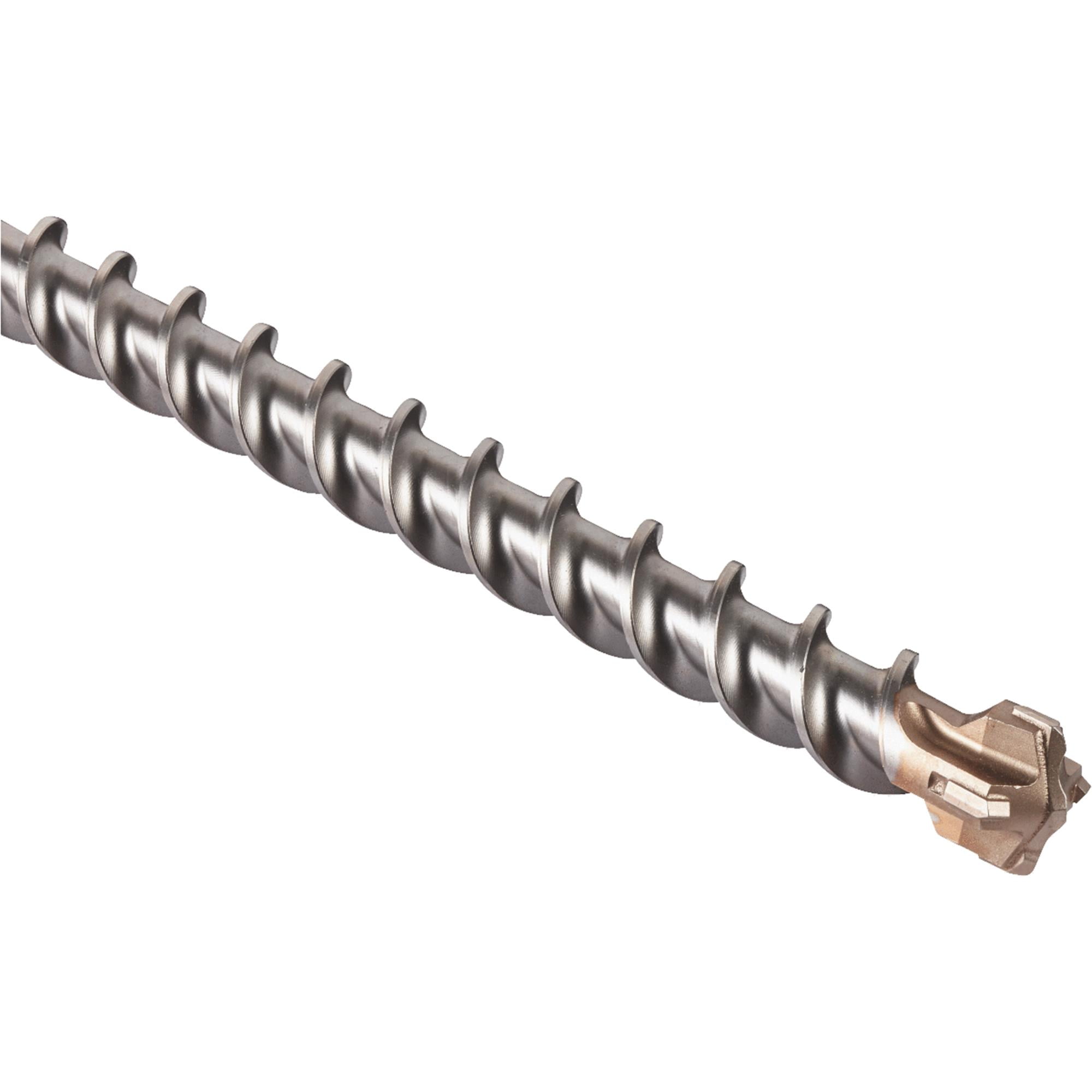

German company Bosch produced the first "Bosch-Hammer" around 1932 in mass production. German company Fein patented a Bohrmaschine mit elektro-pneumatischem Schlagwerk ("drill with electro-pneumatic striking mechanism") in 1914. The origin of the first hammer drill is a matter of contention. The raising and dropping of the bamboo drill strings allowed the drilling machine to penetrate less denser and unconsolidated rock formations. In addition, the Chinese also used a cutting head secured to bamboo rods to drill to depths of 915 m (3,002 ft). The cable tool drilling machines developed by the early Chinese involved raising and dropping a heavy string of drilling tools to crush through rocks into diminutive fragments. The construction of large wells took more than two to three generations of workers to complete. Utilizing cast iron bits and tools constructed of bamboo, the early Chinese were able to use percussion drilling to drill holes to a depth of 3,000 ft (910 m). The process involved two to six men jumping on a level at rhythmic intervals to raise a heavy iron bit attached to long bamboo cables from a bamboo derrick. For example, an electrician mounting an electrical box to a wall would be able to use the same hammer drill to drill into either wood studs (hammer disabled) or masonry walls (hammer enabled).Īncient China's principal drilling technique, percussive drilling, was invented during the Han dynasty. Hammer drills are more expensive and more bulky than regular drills, but are preferable for applications where the material to be drilled-concrete block or wood studs-is unknown. Hammer drills almost always have a lever or switch that locks off the special "hammer clutch," turning the tool into a conventional drill for wood or metal work. They are also used to drill holes in concrete footings to pin concrete wall forms and to drill holes in concrete floors to pin wall framing. Hammer drills are not typically used for production construction drilling, but rather for occasional drilling of holes into concrete, masonry or stone. Holes in hard materials are needed for anchor bolts, concrete screws and wall plugs. Hammer drills are increasingly powered by cordless technology. For this reason, a hammer drill drills much faster than a regular drill through concrete or brick. Although each blow is of relatively low force, these thousands of blows per minute are more than adequate to break up concrete or brick, using the masonry drill bit's carbide wedge to pulverize it for the spiral flutes to whisk away. The actual distance the bit travels in and out and the force of its blow are both very small, and the hammering action is very rapid-thousands of "BPM" (blows per minute) or "IPM" (impacts per minute). A hammer drill has a specially designed clutch that allows it to not only spin the drill bit, but also to punch it in and out (along the axis of the bit).

This type of drill is often used with or without the hammer action, but it is not possible to use the hammer action alone as it is the rotation over the cams which causes the hammer motion. With cam-action drills, the chuck has a mechanism whereby the entire chuck and bit move forward and backward on the axis of rotation. Hammer drills have a cam-action or percussion hammering mechanism, in which two sets of toothed gears mechanically interact with each other to hammer while rotating the drill bit.


 0 kommentar(er)
0 kommentar(er)
